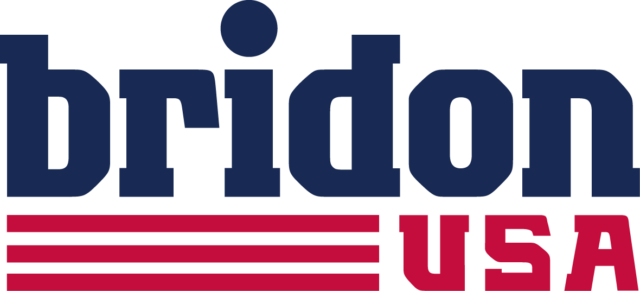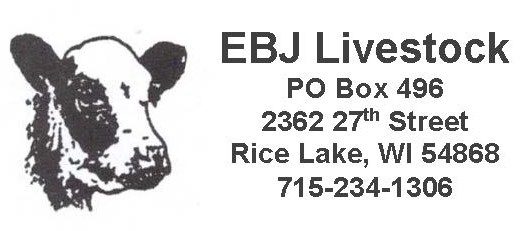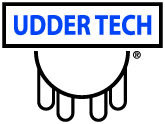When a calf hits the ground, there are already hundreds of dollars invested. It just makes sense to protect that investment. Calf scours robs cattlemen every year. Scours can be a significant financial loss to cattlemen.
Each loss of a calf at calving time can be a $750 to $1,000 loss per cow, yet many cattlemen are not taking necessary precautions to protect their herd from this disease.
The average performance loss per scoured animal is 20 pounds. At a conservative price of $1.80 per pound on today’s market, 100 head of scoured calves can easily cost in excess of $3,600 in lost weight.
One study showed that heifers treated for scours were nearly three times more likely to calve later than 30 months old.
Heifers that calve later further compound the financial losses, since they are harder to re-breed and they wean younger, lighter-weight calves.
The value of prevention
Prevention of scours, however, is a cost-effective alternative to the disease. At approximately $2.50 per dose, preventative vaccine is the best insurance cattlemen can buy.
In most herds, the prevention of just one death loss will compensate for whole-herd vaccination.
Cow-calf producers need to get an earlier and more aggressive start on scours prevention. Fall is the ideal time for spring calving herds to address vaccination protocols.
A pregnant cow is immunosuppressed to begin with, so the earlier a cow is vaccinated for scours prevention, the better protection the calf will receive.
Vaccinating at preg check allows more time to build protective antibodies and eliminates the stress of handling cows closer to calving.
The antibodies from the cow start to move from the blood to colostrum four to six weeks before calving. With earlier vaccination, cows are better prepared to pass antibodies through colostrum.
Vaccines with a wide window of vaccination timing allow the vaccine to be more effective when given. In year one of scours vaccination, cows should be vaccinated eight to 16 weeks before calving, with a second dose four weeks before calving.
In the second year of prevention treatment, cows only need one dose eight to 10 weeks before calving.
Scours can be caused by multiple viruses, parasites and bacteria – or a combination of those agents working together – so it’s important to look for a broad-spectrum vaccine.
Producers need to look for a prevention vaccine with isolates that cover E. coli, rotavirus, coronavirus and Clostridium perfringens Type C.
The role of nutrition
Cow nutrition plays a vital role in calf scours. Nutrition during the last half of gestation affects the calf’s ability to fight scours.
The calf is already developing its own immune system around day 120 of gestation. Cows need adequate energy and protein to create building blocks for enzymes, antibodies and other proteins that fuel the immune system.
Scours are greater when vitamin A, vitamin E and trace minerals such as zinc, copper and selenium are deficient.
Cows that have lived through or been shipped from areas with multi-year droughts are deficient in vitamin A and copper, and have decreased immunity from nutritional stress.
Cows that are in a body condition score of 5.5 to 6 are on a more positive plane of nutrition and able to have greater immune response.
Cows with higher body condition scores pass more immunoglobulins in their colostrum, resulting in higher levels of disease protection for the calf.
Because a calf is unprotected at birth, feeding colostrum is key to preventing scours and should occur within six hours of birth.
Australian research has shown that cows on lower planes of nutrition produce calves that take longer to nurse, and the longer it takes the calf to nurse, the more likely the colostrum is to provide inadequate protection from disease.
If the cow is healthy, colostrum that is better in both quality and quantity is passed on to the calf, which is critically important in preventing scours.
Facility management
Pasture management plays a critical role in scours prevention. Overstocking rates are a major contributor, increasing the amount of manure and mud that comes into contact with a cow’s udder.
If sloping the area isn’t possible, dragging the pasture for manure can allow it to spread out and dry faster. Rotating feeding and bedding sites also reduces contamination.
Weather stress, including cold, rainy temperatures or muddy conditions, increases the risk of scours. Provide windbreaks and sheds, but remove soiled bedding from shelters.
Cows that are springing should be moved to a separate calving area. If possible, rotate the calving site to decrease the pathogen load in one area.
Calves from heifers are at higher risk of scours, so pay extra attention to these females during and after calving.
The combination of death loss, treatment costs and poor performance caused by scours can add up to thousands of dollars annually, but good management can significantly reduce the risk.
Your veterinarian can guide you on scours prevention and treatment protocols to reduce the incidence in your herd. Visit www.scourbos.com/ for more information. ![]()
References omitted due to space but are available upon request. Click here to email an editor.

Michael Moore
Professional Services Veterinarian
Novartis Animal Health








